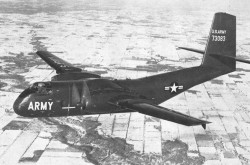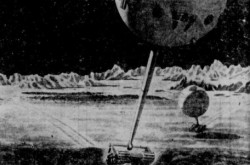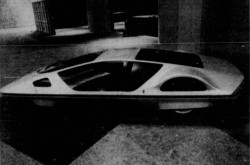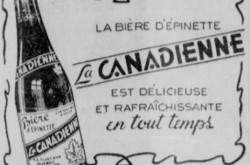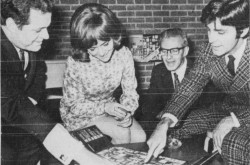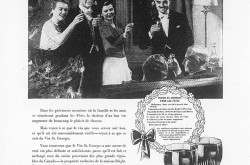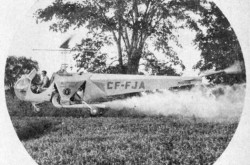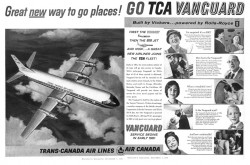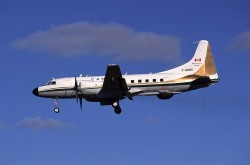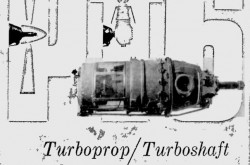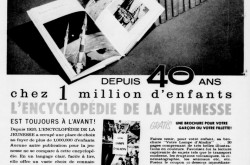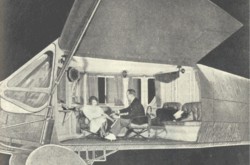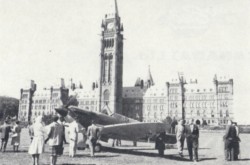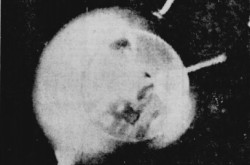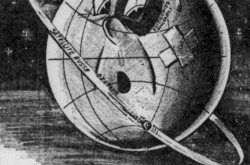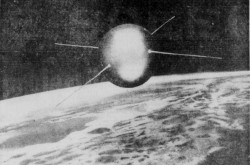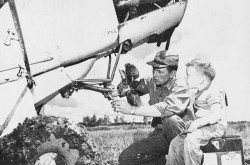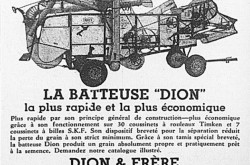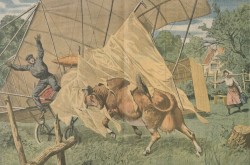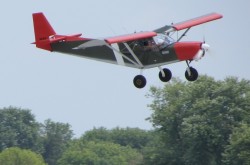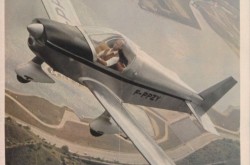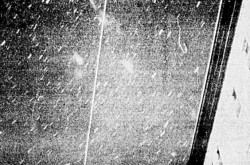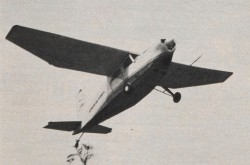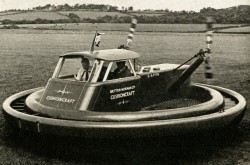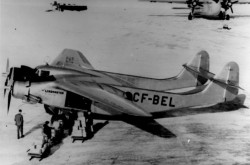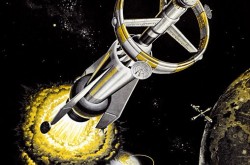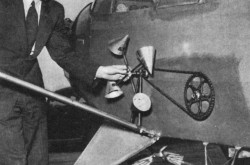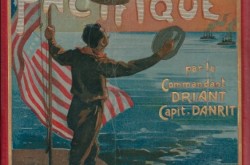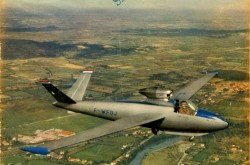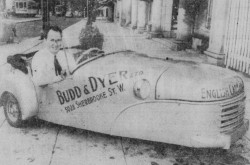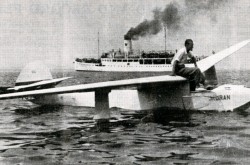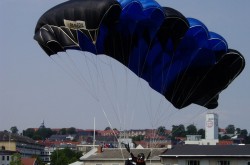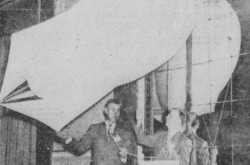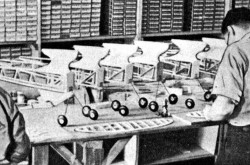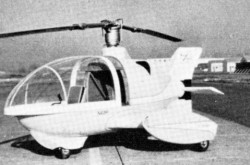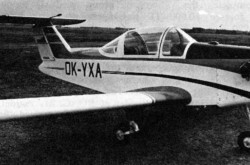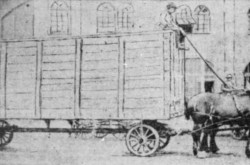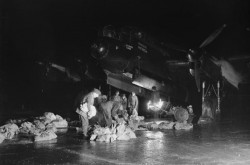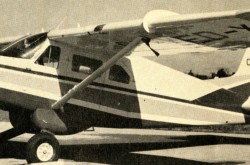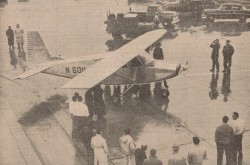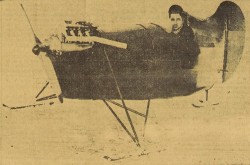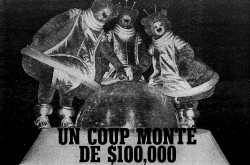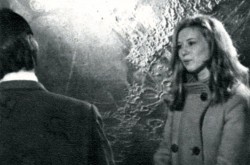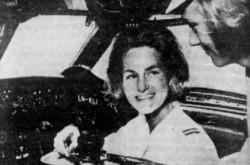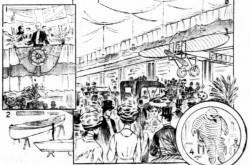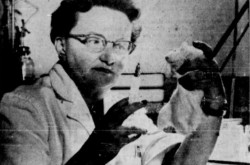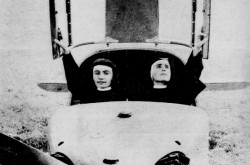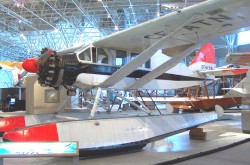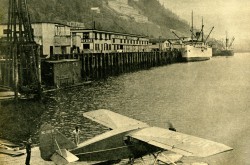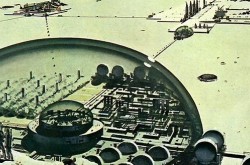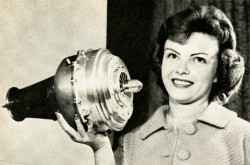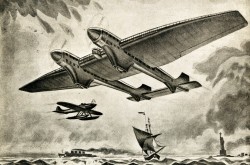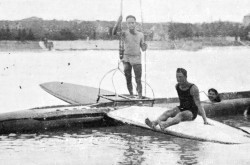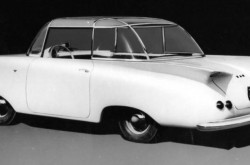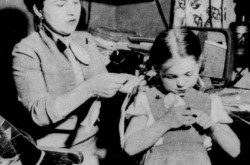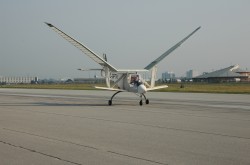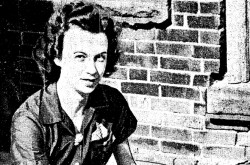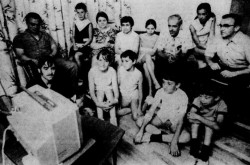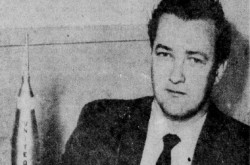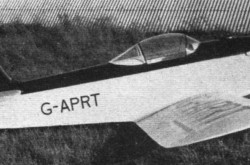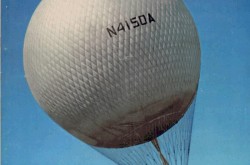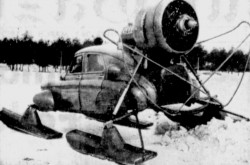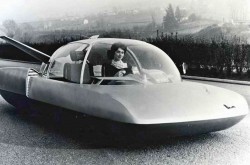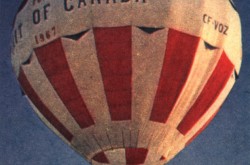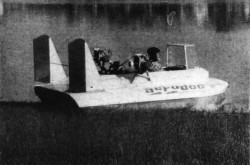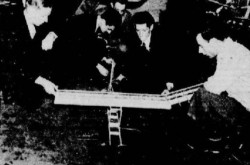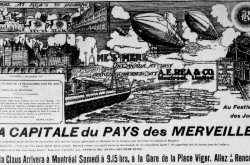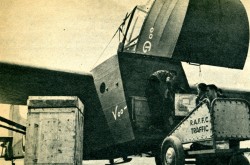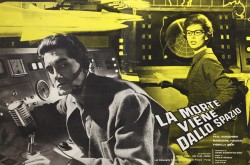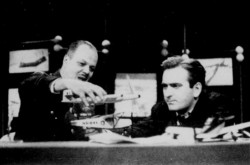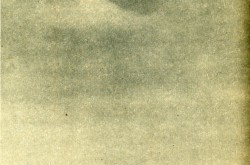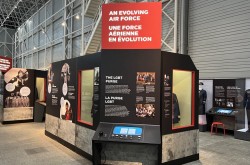A flight for freedom which pierced the Iron Curtain; or, The day Second Lieutenant Franciszek Jarecki escaped from Poland aboard a Mikoyan-Gurevich MiG-15 jet fighter

How much do you know about 5 March 1953, my reading friend? The jury of the British Film Academy (BFA) selected the British motion picture The Sound Barrier as the best British film of 1952, as well as the best made film anywhere on planet Earth in that year, on 5 March 1953, you say (type?)? Very good.
May yours truly add that the award for the best performance by a British actor of the male gender for 1952 went to Sir Ralph Richardson, a gentleman who played Sir John Ridgefield, one of the main protagonists in The Sound Barrier?
Incidentally, in California, the jury of the Academy of Motion Picture Arts and Sciences selected the American movie An American in Paris as the best film of 1952. If I may be so bold, that motion picture was / is / will continue to be far superior to The Sound Barrier. The academy also selected Frank James “Gary” Cooper as the best actor for his remarkable performance in High Noon. If I may be so bold, again, that motion picture was / is / will continue to be far superior to The Sound Barrier. Just sayin’.
Premiered in July 1952, that very English / stiff upper lip semi-documentary motion picture went over the attempts by a fictitious British aircraft manufacturing firm headed by Ridgefield to exceeding the speed of sound (1 225 to 1 060 or so kilometres/hour (760 to 660 or so miles/hour) depending on the altitude) using a fictitious aircraft of its own design, the Ridgefield Prometheus. Tragically, a prototype crashed, ending the life of Ridgefield’s son in law. Another prototype eventually succeeded to break the sound barrier, however, which left many British movie goers with the impression that a British pilot in a British aircraft was the first person to break the sound barrier. That impression was false. At the risk of stirring a hornet’s nest, yours truly wonders if achieving said impression was not the goal of the patriotic director and producer of The Sound Barrier.
If truth be told, Charles Elwood “Chuck” Yeager, an American fighter ace from the Second World War, was the first person to break the sound barrier, in October 1947. And yes, Yeager was mentioned in December 2021 and April 2022 issues of our awesome blog / bulletin / thingee.
Before I forget, the jury of the BFA selected the Canadian film Royal Journey: The Official Pictures of the Royal Visit to Canada and the United States of America as the best documentary film made anywhere on planet Earth in 1952, and this despite the fact that the film’s premiere had taken place in Ottawa, Ontario, in December… 1951.
Anyway, produced by the National Film Board, a world famous Canadian organisation mentioned many times in our blog / bulletin / thingee since July 2018, that documentary recounted the 5 weeks visit to Canada and the United States in the fall of 1951 of Princess Elizabeth, born Elizabeth Alexandra Mary of house Windsor, a future British monarch mentioned in several issues of our you know what since January 2021, and of her spouse, the Duke of Edinburgh, born Philippos of Greece and Denmark of house Schleswig-Holstein-Sonderburg-Glücksburg, mentioned in a January 2021 issue of that same you know what.
At the risk of stirring another hornet’s nest, yours truly wonders if the jury of the BFA selected Royal Journey to stir the patriotic fervour of the British cinema going public.
How much else do you know about 5 March 1953, my reading friend?
Valeriy Grigor’yevich Korzun, a fighter pilot in the Voyenno-Vozdushnyye Sily Soyuza Sovetskikh Sotsialisticheskikh Respublik, in other words the military air forces of the Union of Soviet Socialist Republics (USSR), who later became a cosmonaut, was born that day, you say (type?)? Very good.
On a far more somber note, or was it a far happier note, planet Earth got rid of one of the worst egregious monsters of the 20th century on 5 March 1953. You see, the chairman of the Sovet Ministrov SSSR, in other words the council of ministers of the USSR, the all powerful master of that country, Josif Vissarionovitch “Koba” Stalin, born Ioseb Jughashvili, finally kicked his bucket on 5 March 1953. That b*st*rd was 74 years old.
The previous day, 4 March 1953, a 21 year old fighter pilot of the Wojska Lotnicze, in other words the Polish air force, took advantage of a briefing on Stalin’s health given to high ranking officers to steal a map which showed a region of the Baltic Sea he was deeply interested in. Later that day, he himself was briefed on the patrol / training flight he would perform on 5 March, with 3 other pilots.
On said 5 March, that young and very gifted pilot clambered aboard his Mikoyan-Gurevich MiG-15 jet fighter / bomber interceptor. And yes, you are quite correct, my wing nutty reading friend, the fantabulastic collection of the Canada Aviation and Space museum, in Ottawa, does indeed include a MiG-15 or, to be more precise, a WSK Lim-2, a MiG-15 made under licence in Poland by Wytwórnia Sprzętu Komunikacyjnego.
May I add that, in 1953, the MiG-15 was one of the best fighter planes on Earth?
As you may imagine, given the Cold War which then held the Earth in its icy grip (Hello, EG and VW!), the muckymucks of the United States Air Force (USAF) would have given a king’s ransom to get their hands on an intact / airworthy example of that aircraft.
Ahh, the 1950s, the good old days, when straight white “Father knows best” men ruled the world and every other Homo sapiens bowed low as one of these gifts to humankind walked by.
A subversive thought if I may. Given that straight white male Homo sapiens between the ages of 15 and 64 account for little more than 20 % of the population of Canada in 2023, by what right do they hold so much power and exercise so much violence? To ask that question might be to answer it.

A typical Mikoyan-Gurevich MiG-15 jet fighter / bomber interceptor. That particular machine was the aircraft of Senior Lieutenant No Kum-sok, a young officer of the Chosŏn-inmin’gun Hangkong Mit Banhangkong’gun who defected in September 1953, Kimpo Air Force Base, South Korea. United States Defense Imagery, HF-SN-98-07385, via Wikipedia.
As of 4 March 1953, the only MiG-15 that Western experts had access to was an aircraft of the Chosŏn-inmin’gun Hangkong Mit Banhangkong’gun, in other words the Korean people’s army air and anti-air force, which had crash landed / crashed, near the west coast of North Korea in early July 1951. Spotted one day later, the pretty banged up MiG-15 was recovered by a United States Navy / Royal Navy team well before the end of July.
Need yours truly need to add that the MiG-15 was / is one of the most significant fighter planes of the 20th century? I thought so. I will, however, point out that up to 16 000 or so examples of that machine, all single and dual seat versions included, were produced in the USSR as well as in Poland, Czechoslovakia and China, between 1947 and some point in the late 1950s, or early 1960s. These aircraft were used by about 35 air forces spread all over the world, but back to our story.

Wojska Lotnicze Second Lieutenant Franciszek Jarecki. Franciszek Jarecki, “Flights for Freedom Pierce Iron Curtain – Polish Airman Writes Exclusive Account for ‘Life’ of his Dramatic Escape with a Mig 15.” Life, 6 April 1953, 32.
The young Polish pilot mentioned a few minutes ago, Second Lieutenant Franciszek Jarecki, took off from a base located in northern Poland, near the shores of the Baltic Sea, with 3 other pilots from his unit. As they flew westward toward East Germany, Jarecki and his wingman soon arrived over Kołobrzeg, Poland. The two MiG-15 were flying at an altitude of about 5 500 metres (about 18 000 feet).
As he left that city behind him, Jarecki jettisoned the pair of external fuel tanks carried by his MiG-15 to increase his speed. He dove northward to an altitude of 450 or so metres (1 500 feet), or even lower (200 metres (650 feet)?), to disappear from the radar screens of the Soviet air defence network.
Jarecki’s wingman instantly saw him dive and reported that fact over the radio. Jarecki was defecting! The young pilot allegedly stated that he was going to get some medicine for Stalin. Joking aside, Jarecki knew that the 2 or 4 MiG-15s on high alert at his base would be scrambled as quickly as possible. Indeed, he soon heard on the radio that the pilots of these aircraft had been ordered to prevent his escape. They were seemingly under order to violate the airspace of Denmark and Sweden if need be. They might even open fire.
As this was taking place, Jarecki came upon his objective, the strategic Danish island of Bornholm, in the Baltic Sea, not too, too far from the shores of Poland. More specifically, Jarecki flew over the town of Rønne, where he expected to see a large American military (USAF?) base. Denmark was, after all, one of the 12 founding members of the North Atlantic Treaty Organization (NATO). Instead, all Jarecki found was a small (grass?) airfield. He had seen that airfield on the map he had stolen but thought that it had been printed before the construction of the large American base he expected to see.
Jarecki did not know that the Soviet government had made it very clear to its Danish counterpart that, while the presence of Danish troops on Bornholm was acceptable, to a point, Denmark being seen as a weak entity within NATO, the presence of troops from other NATO members, especially the United States, would be unacceptable. Indeed, in previous months, the Soviet government had accused its Danish counterpart of taking part in anti-Soviet war plots linked to its NATO involvement.
Would you believe Jarecki might have discovered the existence of Bornholm years before, in a propaganda comic book? And some righteous people shouted from the rooftops in the 1950s that comics were a useless waste of time, if not a danger to the pure and innocent souls of children. Sheesh…
Given that alighting on a short airfield with a jet fighter would prove tricky, Jarecki considered the possibility of flying to Copenhagen, Denmark, presumably to Flyvestation Værløse, a base of the Flyvevåbnet, in other words the Danish air force.
And yes, I do realise that Denmark was not / is not exactly near the Atlantic Ocean, but neither was / is Italy for that matter, and yet that country was also a member of NATO, but I digress. Your fault.
Looking at his fuel gauge after 10 to 15 minutes spent pondering his predicament, and circling Bornholm, Jarecki realised he no longer had a choice. It was Rønne or nothing. He circled the airfield, slowed down and began his approach. It was suggested that Jarecki barely had the time to increase power when a wire fence came into view in front of him. In any event, he successfully landed, ending up at the very end of the runway. Jarecki taxied his MiG-15 as close as he could to a clump of trees, to hide it as best he could. He knew he had been very lucky indeed. All in all, Jarecki’s daring flight had lasted far less than half an hour.
Still shaking, Jarecki climbed out of his MiG-15. Seeing a young woman and a child / baby close to a house near the airfield, he asked in broken German if he was in Soviet-controlled territory. The rather frightened woman said Jarecki was in Denmark.
Before long, the young pilot was accosted by a number of private pilots flying from the airfield, then by the local authorities, members of the Politiet, or Danish police, perhaps. Jarecki indicated that he was not lost and had not landed at Rønne because he was in trouble. He was defecting. The commanding officer of the local unit of the Hæren, in other words the Danish army, was soon on the scene. Presumably acting on orders, local members of the Politiet put Jarecki in a cell of the local jail. Worried about his future, the young pilot did not sleep very well.
Incidentally, Polish and / or Soviet MiG-15s flew over Rønne within minutes of Jarecki’s landing. The young pilot heard them but did not see them. According to newspaper accounts, one of these aircraft was spotted. It roared over the coast of Bornholm and flew back to Poland. According to other newspaper accounts, an aircraft actually circled the airfield before flying home.
Once informed of what had taken place, the Danish government ordered the high command of the Hæren to put a cordon of (heavily?) armed troops around the MiG-15. No one was to get close to the aircraft unless they had permission. All members of the press were politely told to get lost.
Even though there might perhaps have been a plan to keep Jarecki’s name secret, said name made its appearance, in American daily newspapers, no later than mid March.
Indeed, Jarecki’s daring flight made the front page in quite a few newspapers around the globe, but presumably not in the Soviet bloc, of course. His activities in Western Europe and North America were portrayed in newspapers for some weeks, and months. And yes, quite a few newspapers in Canada published articles about the young Polish pilot. Photographs of him were nowhere to be seen however, I think.
Speaking (typing?) of photographer and photograph, please find enclosed the text of the caption which accompanied the photograph at the beginning of this article. And no, the photographer who took said photograph was not standing near the aircraft.
The first Soviet jet fighter plane to come into Western hands undamaged rests on an airport on the Danish Baltic island of Bornholm after it was landed Thursday by a young Polish refugee. The jet – believed to be a MIG-15, carried Polish air force markings. Police would not disclose the name of the pilot, marked by arrow in group at right. A curly-haired blond youth of 23 [sic], he asked for asylum in Denmark.
As you may imagine, the Danish government immediately contacted its American and / or British counterparts, which could not believe their luck. Jarecki’s aircraft was the very first airworthy MiG-15 type machine they would be able to examine.
Incidentally, one of the first people who had a look at the MiG-15 on Bornholm was the British air attaché stationed in Copenhagen, a gentleman who himself knew a thing or three about espionage. Would you believe that Wing Commander Francis Russel Jeffs, a Royal Air Force officer, played a non negligible role in the creation of an intelligence-gathering network founded on the use of nondescript (Danish?) fishing trawlers operating the Baltic Sea?
A brief digression, if I may. Jeffs immigrated to Canada in 1956. He was a civil servant working for the government of British Columbia for 20 or so years. Jeffs played a non negligible role in, among other things, the creation of a local meals on wheels, one of the many such programmes which delivered / delivers meals at the home of individuals who were / are unable to purchase or prepare their own meals, but back to our story. Again.
Technicians / specialists / experts of undetermined nationality (American? British?? Danish???) hightailed it to Rønne in order to give a very thorough examination to Jarecki’s MiG-15. Whether or not these people knew that, in accordance with international regulations, said MiG-15 would have to be returned to its rightful owner before too, too long, was / is unclear.
If truth be told, the Polish government informed its Danish counterpart on the very day that Jarecki defected that it would of course demand that its aircraft be returned as quickly as possible. One can imagine that the Polish government probably got quite an earful from its Soviet counterpart when the story broke.
Interestingly, in mid March, rumours began to circulate in the American press to the effect that Jarecki’s defection had been engineered by a anti-Communist retired USAF officer. Ulius Louis “Pete” Amoss was not exactly a newcomer to the murky and deadly world of espionage. Nay. During the Second World War, he had seemingly been, among other things, Director for Intelligence of the Near Eastern Desk of the intelligence agency of the United States during the conflict, the Office of Strategic Services, Deputy Director, I think, for intelligence, sabotage, guerrilla warfare and psychological warfare of that agency, and Deputy Chief of Staff of a major component of the United States Army Air Forces, the Ninth Air Force, then based in England.
Mind you, Amoss might, I repeat might, have been removed from his Near East post for reasons of financial mismanagement. Worse still, a colleague questioned his competence.
According to rumours, Amoss had acted through his International Services of Information Foundation Incorporated (ISI), a non-profit privately owned, operated and funded intelligence service (!) founded in 1946 whose main purpose was to collect information in many foreign countries (60 by the late 1950s at the latest?), using undercover agents, and disseminate said information to the right people in the United States, the United Kingdom and France.
People from the Central Intelligence Agency (CIA), the Secret Intelligence Service (SIS) and the Service de documentation extérieure et de contre-espionnage (SDECE), you ask, my reading friend looking for trouble? Not necessarily. You see, ISI’s main customers were said to be businesses, industries and professions with international interests which did not have access to the secret intelligence ferreted out by the CIA, SIS and SDECE. Secret intelligence which at times might perhaps be described, not by yours truly of course, as little more than gossip.
ISI agents in East Germany and Poland allegedly tried to find an individual willing to defect with a MiG-15 several weeks, if not many months before Jarecki’s flight. There were several false starts. According to Lady Rumour, an agent eventually made contact with Jarecki, who was seemingly stationed near Warsaw, Poland, at the time. Although infuriated by the subservient status of his country and, as a result, quite willing to defect, the young pilot could do little. Warsaw was by far too far from Denmark or West Germany. His new posting, near the Baltic Sea, changed everything.
If one was still to believe Lady Rumour, a well known if medium size American aircraft maker mentioned several times in our you know what since March 2019, Fairchild Aircraft Corporation, financed the operation. And no, Jarecki was not paid to defect. He defected because the presence of the Soviet armed forces in his country made him sick.
Were the rumours true, you ask, my reading friend? Jarecki strenuously denied them, for one, and Amoss himself walked away from statements made in early March in an ISI newsletter.
Still, certain aspects of the Cold War are still riddles wrapped in mysteries inside enigmas, if yours truly may paraphrase an October 1939 statement made by a well known member of the Honourable the Commons of the United Kingdom of Great Britain in Parliament assembled. His name? Winston Leonard Spencer “Winnie” Churchill, a Cold Warrior mentioned many times in our blog / bulletin / thingee since May 2019.
A brief digression if I may. One or more firms Amoss had invested into themselves invested in a product the latter had come across in 1954. Allegedly developed by a barber living in Piraeus, near Athens, Greece, said product was said to remove dandruffs and restore hair to its original colour. Its name? Grecian Formula 16. The very product promoted from the early 1980s onward by a Québec hockey legend mentioned in a March 2019 issue of our legendary blog / bulletin / thingee, Joseph Henri Maurice “Comète / M. Hockey / Rocket / Sputnik” Richard himself. I kid you not.
This being said (typed?), a hair tonic referred to, at least informally, as a Grecian formula, was sold by the American firm Minneapolis Medicine Company as early as 1910. A mischievous person, but not your truly of course, might wonder if that product was known as Grecian Formula 1. Vroom, vroom. Sorry.
Incidentally, Grecian Formula 16 should not, I repeat not, be confused with a Grecian formula advertised in at least one American newspaper no later than 1940. Allegedly developed in the 1850s, by a Greek individual living in what was then one of the Greek provinces of the Ottoman Empire, said formula was said to provide relief from, err, hemorrhoids. Sorry, but that is what that Grecian formula did, but back to our story.
Amoss sold his stock in 1957 when he discovered that Grecian Formula 16 contained a toxic chemical, lead (lead acetate?), and had certain undesirable side effects. He then tried to set up a firm in England to develop an improved and safer version of the colourless liquid but seemingly failed to raise the required moolah.
Would you believe that, as late as 2006, the containers of Grecian Formula 16 sold in almost all, if not all of North America seemingly still contained lead acetate? Worse still, the American firm which produced that product, Combe Incorporated, had actually developed a leadless version of said product to satisfy new European Union rules and regulations, rules and regulations which did not exist in Canada or the United States. Until October or November 2005 that is, when Health Canada ordered that the formula of Grecian Formula 16 be modified. In the United States, that modification might have taken place only in 2017 or 2018. Ours is a fascinating world, is it not? And very safe…
How about the world? What was it up to as Jarecki’s machine was being poked and prodded? Well as luck, or the lack thereof, would have it, in late April 1953, USAF heavy bombers had dropped 1 200 000 multilingual (Chinese, Korean and Russian) leaflets over North Korea. Said leaflets guaranteed refuge / protection / care / attention, not to mention I think, moolah, to any (MiG-15?) pilot who defected with his aircraft. A multilingual (Cantonese, Korean, Mandarin and Russian) radio message was broadcasted the following day. All in all, the first aerial defector would get US $ 100 000, or about $ 1 500 000 in 2023 Canadian currency. Later defectors would get half that sum.
In September 1953, Senior Lieutenant No Kum-sok, a young officer of the Chosŏn-inmin’gun Hangkong Mit Banhangkong’gun, defected with his MiG-15.
Mind you, back in May, a second Wojska Lotnicze MiG-15 pilot, Second Lieutenant Zdzisław Jaźwiński, had duplicated Jarecki’s feat by landing on Bornholm. The Soviet authorities having reacted angrily following the defection of Jarecki, one can imagine their degree of rage following that of Jaźwiński, but I digress.
And yes, No was / is the lucky winner of the big reward. And yes again, yours truly realises that Jarecki and Jaźwiński defected before him. What can I say (type?)? Incidentally, No anglicised his name to Kenneth H. Rowe and became an aeronautical / aerospace engineer in the United States.
Incidentally, again, a portrait of Jarecki might, I repeat might, have adorned the leaflets dropped over North Korea. The young pilot was not amused. He had not been asked if he agreed with the presence of that photograph. Besides, Jarecki thought that having his portrait on the leaflets endangered his safety. A thought if I may. Yours truly has a feeling that the Polish and / or Soviet governments did not need that photograph to endanger Jarecki’s safety. They knew very well what he looked like.
It looked as if the young pilot was whisked to England within days of his landing in Denmark. In London, England, in April, he received the Krzyż Zasługi, the highest Polish civilian award, from General Władysław Albert Anders, the highest ranking officer of the non communist / anti communist Polish government in exile.
Mind you, Jarecki had made a stop in West Germany, in Munich, where he talked to his compatriots through Radio Free Europe Incorporated (RFE), a radio network created by the National Committee for a Free Europe, a private American organisation founded / funded by the CIA. More specifically, he collaborated with the people of the Polish section of RFE, Rozgłośnia Polska Radia Wolna Europa.
Kept under wraps for his own safety, Jarecki was nonetheless allowed to talk to representatives of Life. The prestigious American weekly photojournalistic magazine published that exclusive interview in early April. Said interview included a portrait of Jarecki. Whether it was conducted in West Germany or England was / is unclear. The same could be said of the equally exclusive interview conducted by representatives of a perhaps less prestigious British weekly photojournalistic magazine, Picture Post, published around the same time.
And yes, you are quite right, my reading friend, Jarecki was undoubtedly interviewed very thoroughly by American intelligence experts in order to extract as much information as they could on a variety of topics, from daily life in Poland to the internal workings of the Wojska Lotnicze. Mind you, Jarecki was also interviewed very thoroughly to make sure he was not a spy.
Before I forget, as expected, Jarecki’s MiG-15, by then partly dismantled, was put on a ship and returned to Poland some / several weeks after its impromptu landing on Bornholm. It has been suggested that deposits left on some parts of the aircraft led Polish and / or Soviet experts to conclude that mould of said components had been made to produce copies.
Jarecki arrived in the United States in early May. Some days before the end of that month, the United States House of Representatives had passed a bill which granted him political asylum. The United States Senate approved that measure soon after. In mid July, that institution passed a bill giving permanent United States residence to Jarecki. President Dwight David “Ike” Eisenhower, a gentleman mentioned many times in our blog / bulletin / thingee since March 2018, approved that measure soon after. Indeed, Jarecki was in the White House room where the precious document was signed by the American president. The young pilot was now safe in the United States, and this despite having been a member of the Komunistyczna Partia Polski, or was he? Safe that is.
You see, in September 1954, Jarecki told police that unknown assailants had fired on his automobile as he drove to Chicago, Illinois. He was uninjured. That attack came in the footsteps of several / many threatening letters delivered to him since May 1953.
As much as he wanted to, Jarecki could not always escape the public eye, especially when he appeared, as late as August 1958, on the popular American comedy quiz You Bet Your Life, hosted by American actor / comedian / vaudeville performer / star (movie, radio and television) / writer Julius Henry “Groucho” Marx.
In September 1953, or perhaps before and after that month, Jarecki toured Canada to tell his story. He was accompanied at least part of the time by a (Polish American?) member of the United States House of Representatives, Alvin Edward O’Konski. He even met Canada’s Minister of National Defence, Brooke Claxton, a gentlemen mentioned in February 2021 and 2023 issues of our wonderful blog / bulletin / thingee.
And yes, both Anglophone and Francophone Canadian newspapers talked (typed?) a great deal about Jarecki and his flight for freedom. What did you expect, my reading friend? Anyone in Canada expressing less than rabid hostility toward the USSR ran the risk of being branded an enemy of the people.
Did Jarecki receive one of the previously mentioned large sums of money promised to any (MiG-15?) pilot who defected with his aircraft? A good question, my reading friend. It has been suggested that he received the princely sum of US $ 50 000, or approximately $ 750 000 in 2023 Canadian currency.
Jarecki enrolled at Alliance College en September 1953. He learned English while taking classes at that American educational institution founded by a Polish American fraternal organisation, the Polish National Alliance / Związek Narodowy Polski. Jarecki also got an American private pilot licence in 1955. After completing his studies at Alliance College, in 1957, he took business administration courses at the University of California, Los Angeles.
In 1969, after many years spent working at a machine shop, all the while selling industrial soap, Jarecki gathered his savings, about US $ 40 000, or about $ 440 000 in 2023 Canadian currency, and founded Jarecki Industries Limited, a small firm which produced a variety of valves, including some which were used on rockets used in the American space program. And yes, Jarecki became a millionaire.
One of his main regrets was never having seen his mother, his only close relative, until the day of her death. Indeed, the Polish government rejected at least twice her (1960s and / or 1970s?) pleas to see her son in the United States. Would you believe that this government kept her in jail between 1953 and 1956? Nice guys, would you not say?
Before I forget, Jarecki Industries should not be confused with not one but two much earlier American firms named Jarecki Manufacturing Company. One of these came into existence in 1923 when Frank J. Jarecki acquired an already existing firm, Manhattan Machine & Tool Company. The other one was incorporated in 1897 but might have existed in another form as early as the 1870s, if not the 1850s. So that things would be even more confusing, one of these firms might have manufactured valves.
While neither Jarecki Manufacturing nor Jarecki Manufacturing were seemingly still with us as of 2023, Jarecki Valves Limited Liability Company was still alive and kicking.
A brief digression if I may. In 2006, the Polish television station TVN broadcasted an episode of Wielkie ucieczki on Jarecki, the very first one actually. That 10 episode series told the stories of Polish men and women in search of freedom who fled between 1947 and 1983 the paradise of the proletariat that Poland was at the time.
Franciszek “Frank” Jarecki died in October 2010, at the age of 79.
I to wszystko na dziś. Do zobaczenia później. (Hello, former boss lady!)


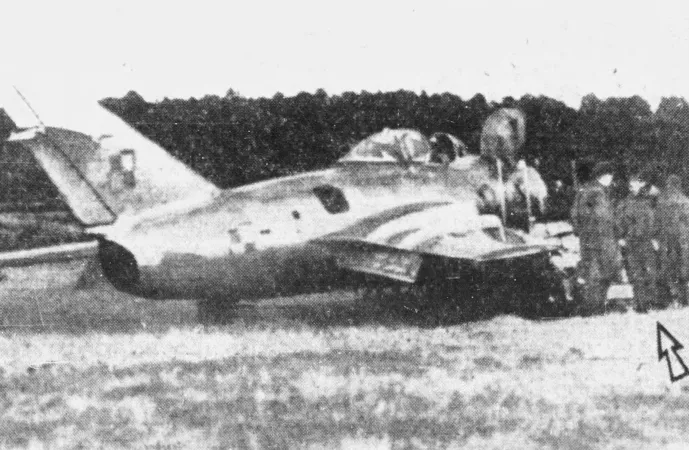












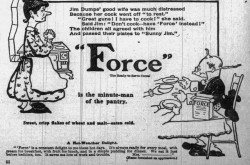
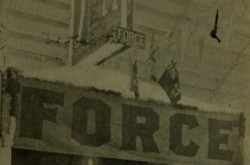
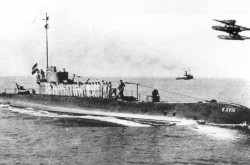
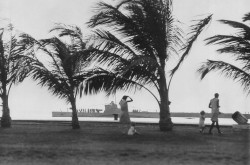
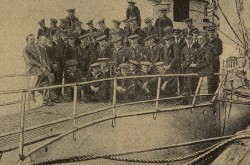
![A block of photographs showing some of the people involved in the bombing of beluga whales in the estuary and gulf of the St. Lawrence River. Anon., “La chasse aux marsouins [sic]. » Le Devoir, 15 August 1929, 6.](/sites/default/files/styles/thumbnail_7/public/2024-09/Le%20Devoir%2015%20aout%201929%20page%206.jpg?h=584f1d27&itok=TppdLItg)
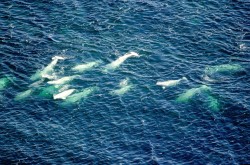
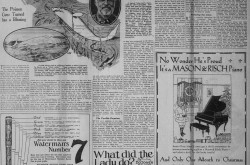

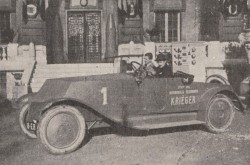
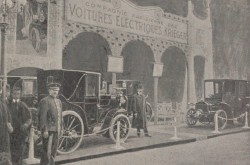
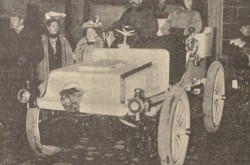
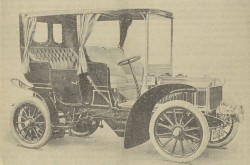

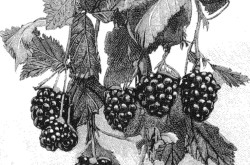
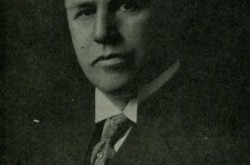
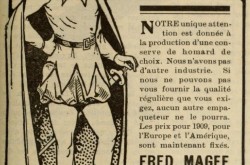
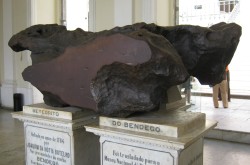
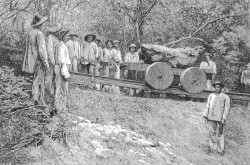
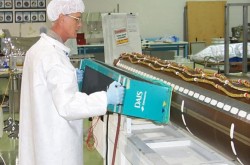

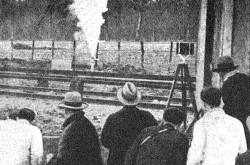
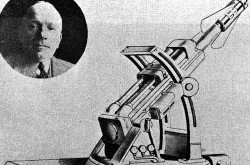
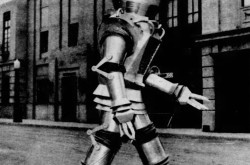

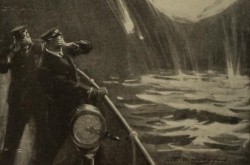
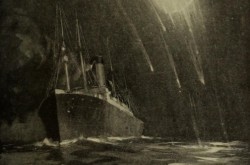
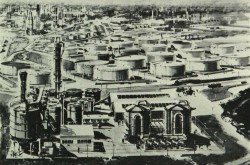

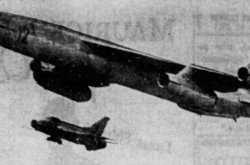
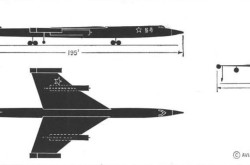
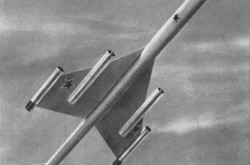
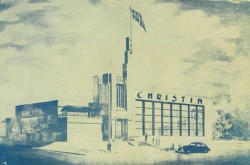
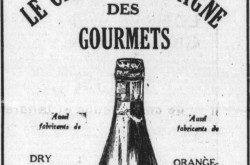
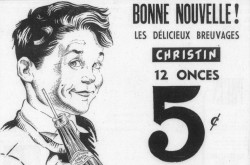
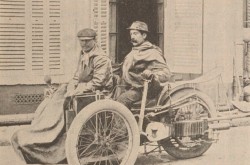
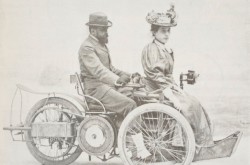
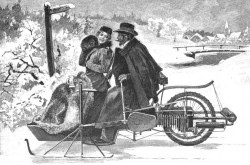


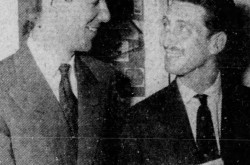
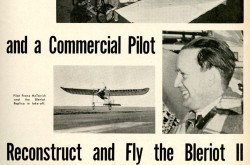
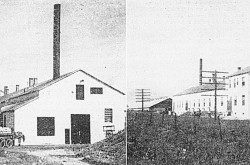
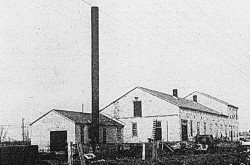



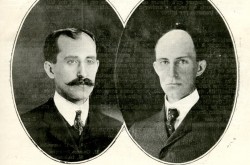

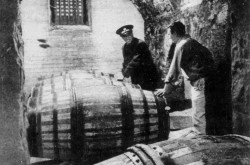
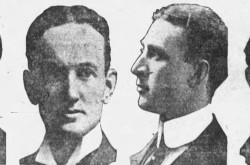
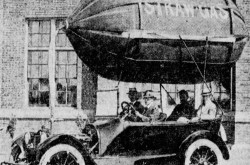
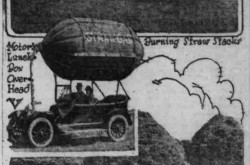
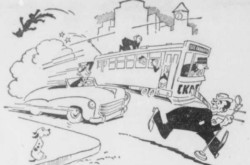

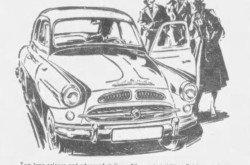
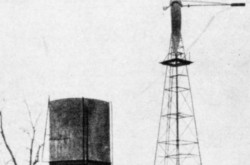
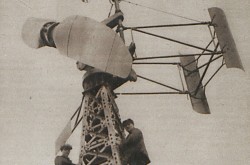
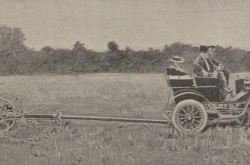

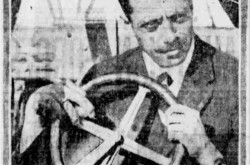
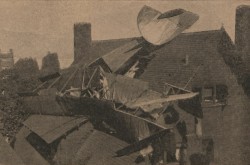
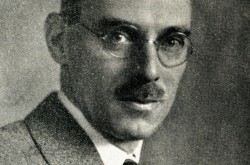
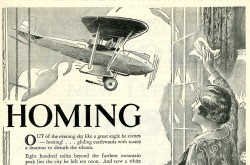
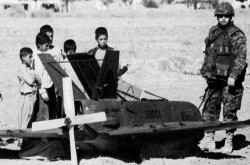
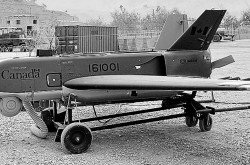
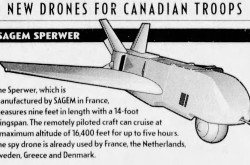
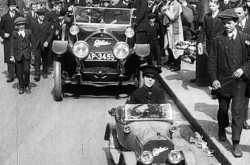
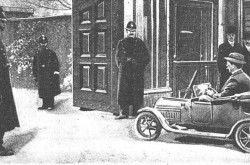
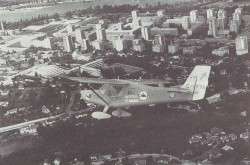
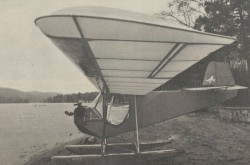

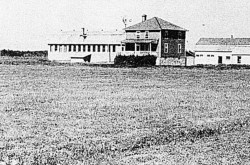
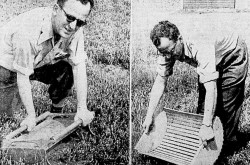
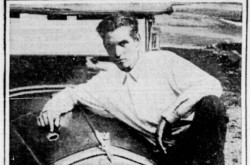
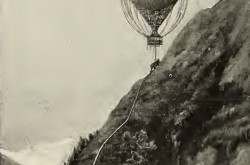
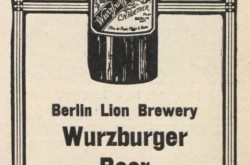

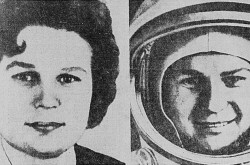
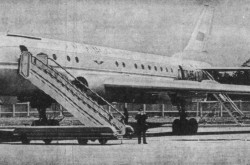
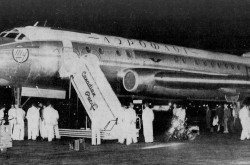
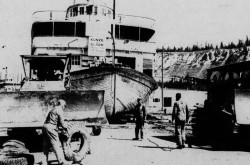
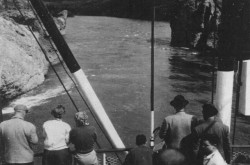
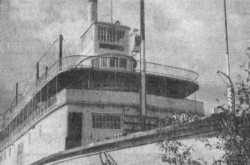
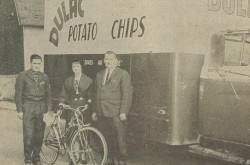
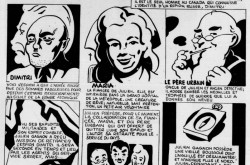
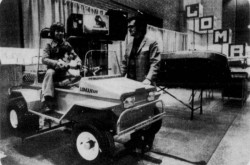
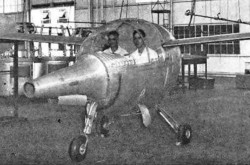
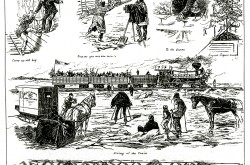
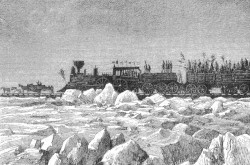
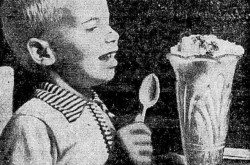
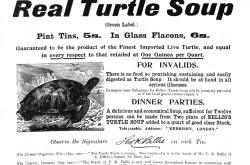
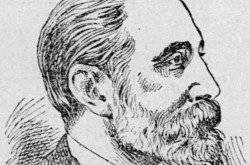
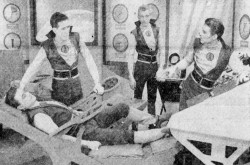
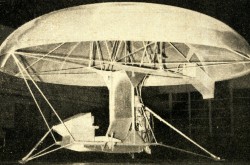
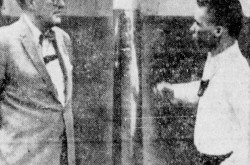
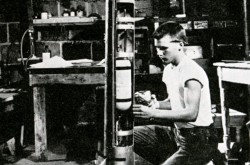
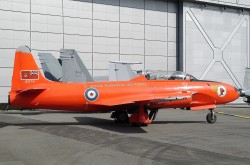
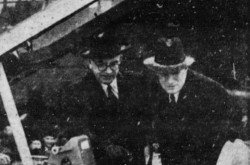
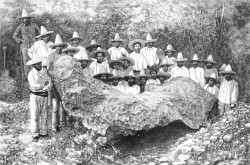
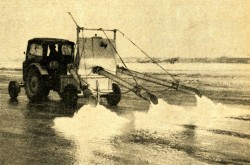
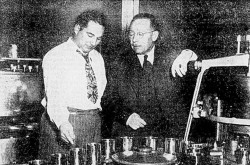
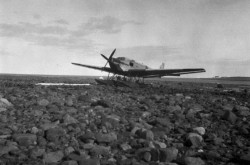
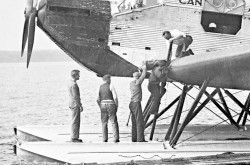
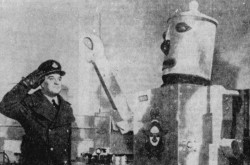
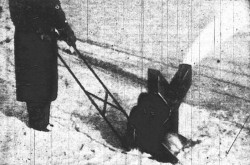
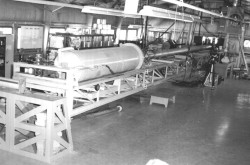
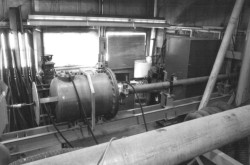
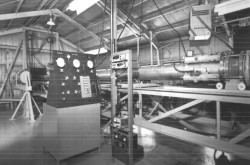
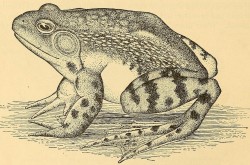
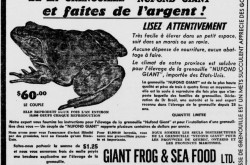
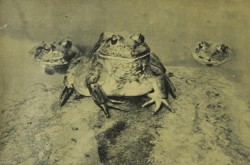
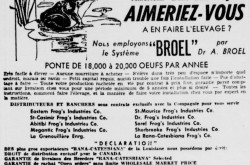
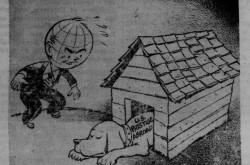
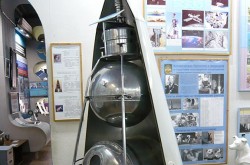
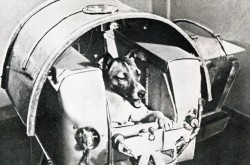
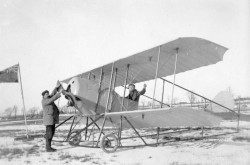
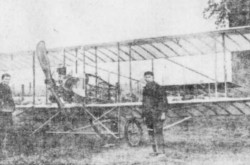
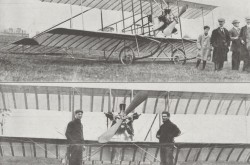
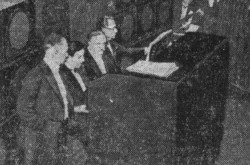
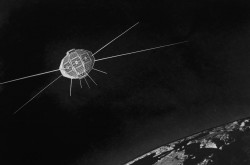
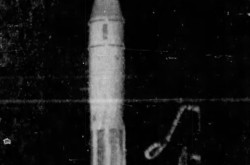
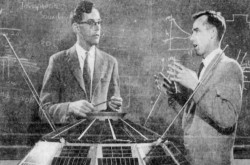
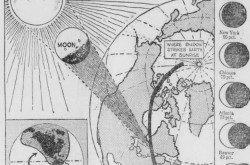



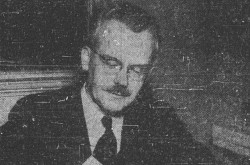
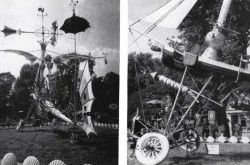

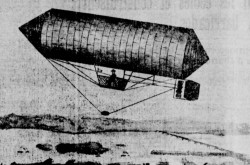
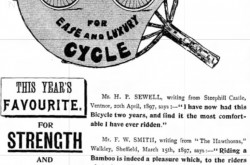
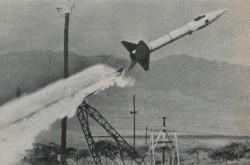
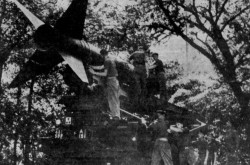
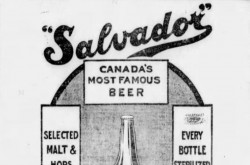

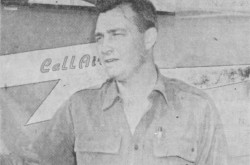
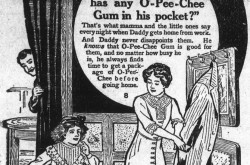
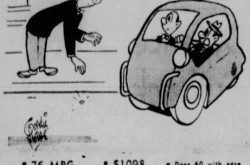
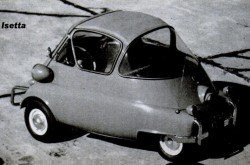
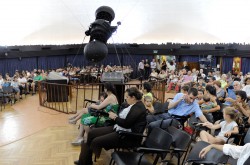
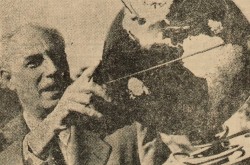
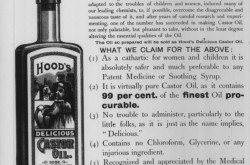
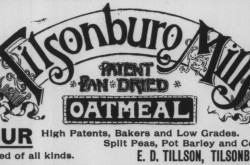
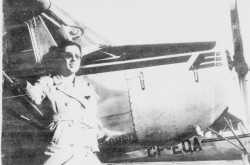
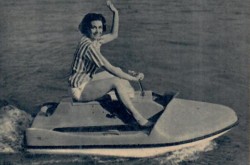

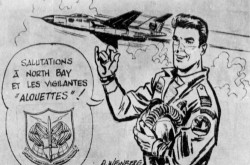
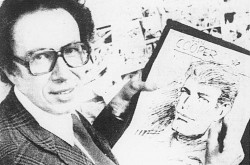
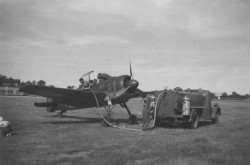

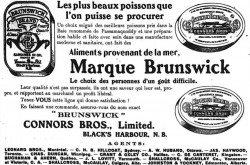


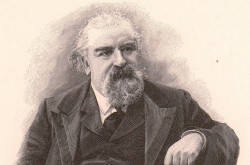
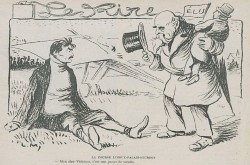
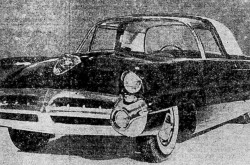
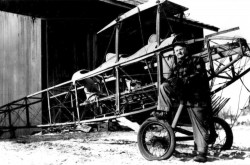

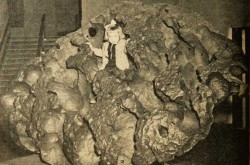
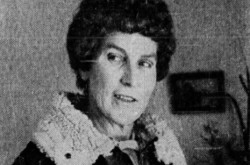
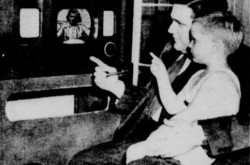
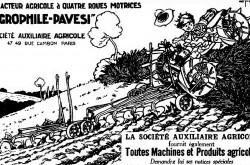
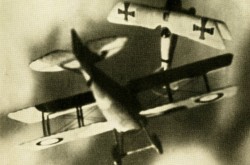
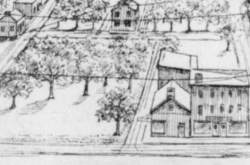
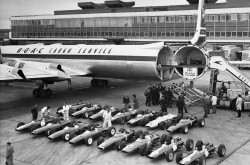
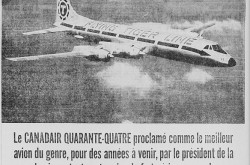
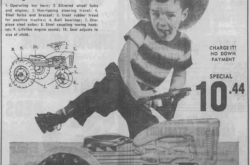
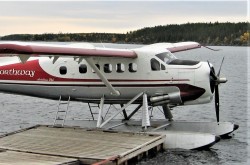
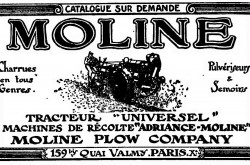
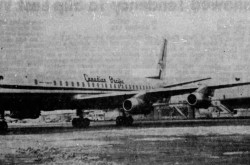
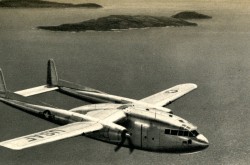
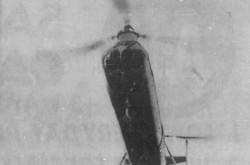

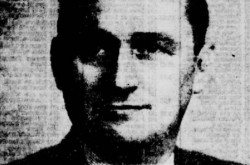
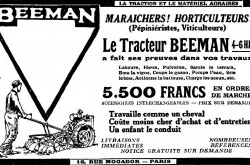
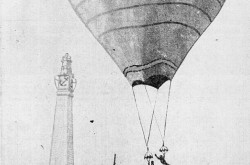

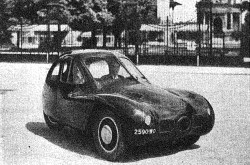
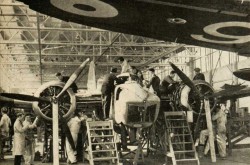
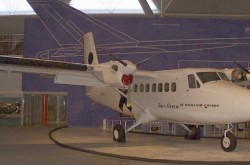
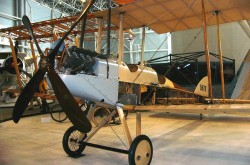
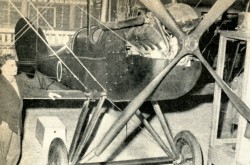

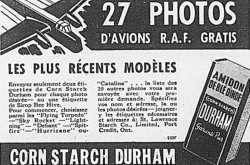

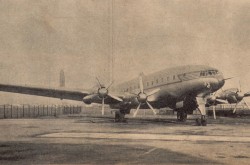
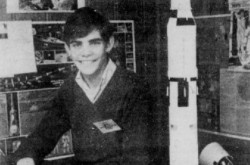
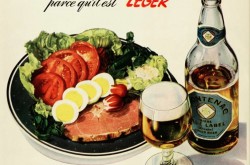
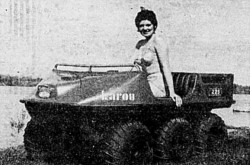
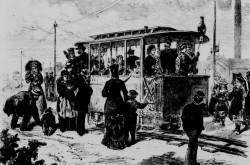
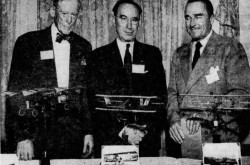

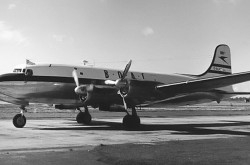
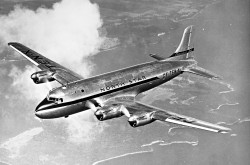
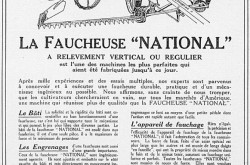
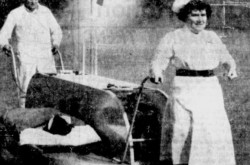
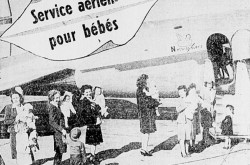
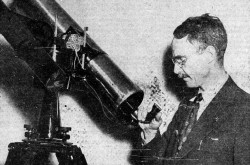
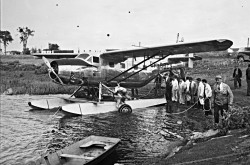
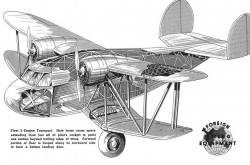
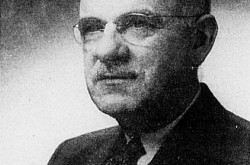
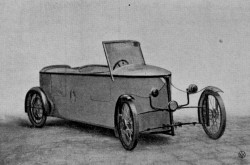
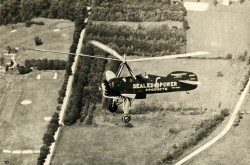
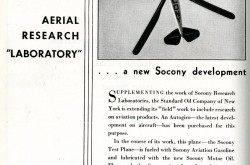
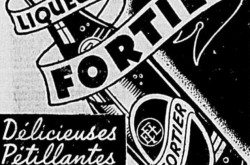
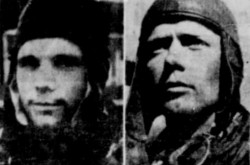
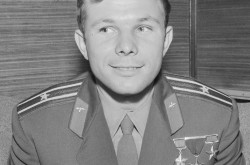
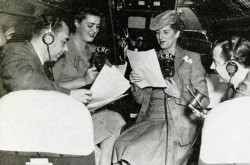
![Peter Müller at the controls [sic] of the Pedroplan, Berlin, Germany, March 1931. Anon., “Cologne contre Marseille – Le mystère du ‘Pédroplan.’ [sic]” Les Ailes, 2 April 1931, 14.](/sites/default/files/styles/thumbnail_7/public/2021-04/Les%20Ailes%202%20avril%201931%20version%20big.jpg?h=eafd0ed4&itok=WnBZ5gMf)
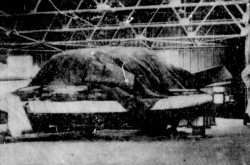
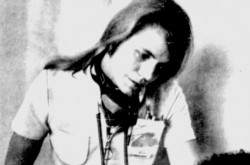
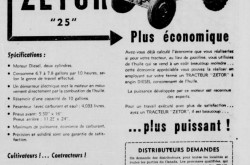
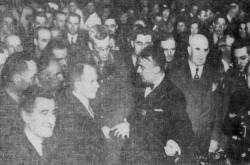
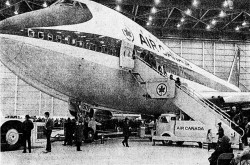
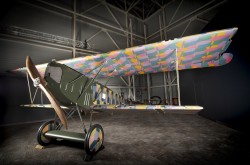
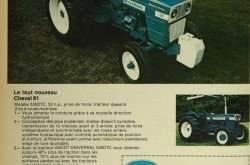
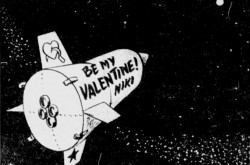
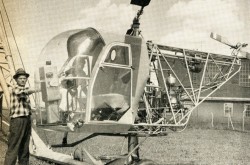

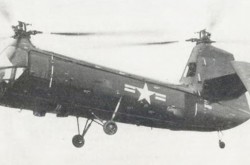
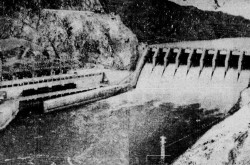
![One of the first de Havilland Canada Chipmunk imported to the United Kingdom. Anon., “De Havilland [Canada] DHC-1 ‘Chipmunk.’” Aviation Magazine, 1 January 1951, cover.](/sites/default/files/styles/thumbnail_7/public/2021-01/Aviation%20magazine%201er%20janvier%201951%20version%202.jpg?h=2f876e0f&itok=DM4JHe5C)
